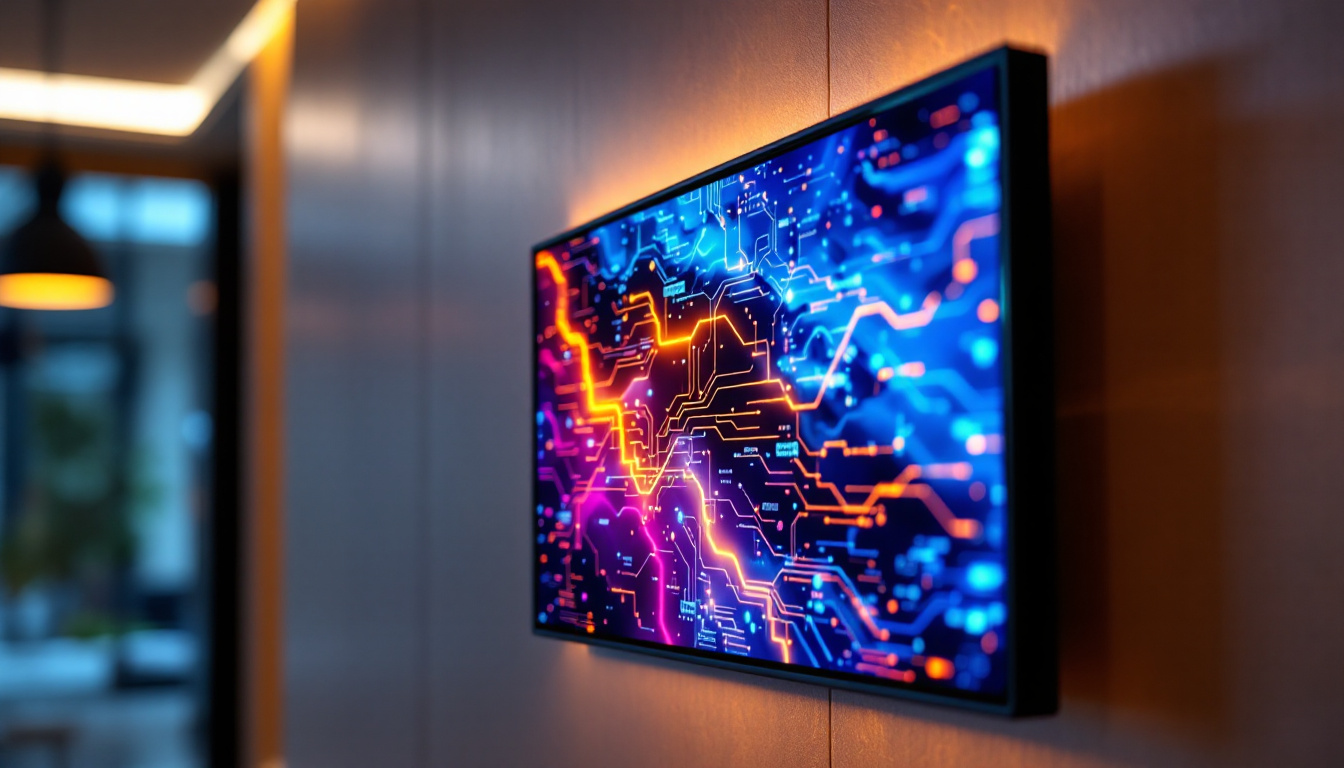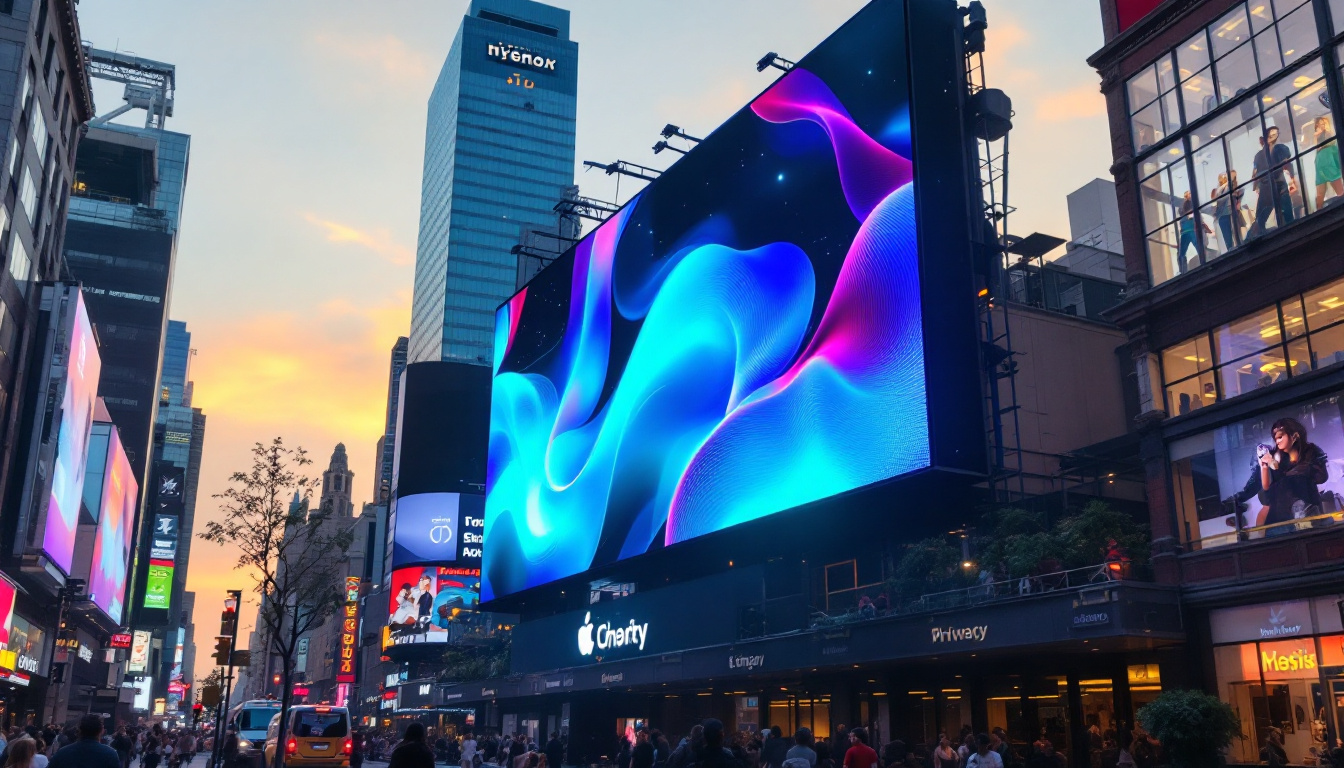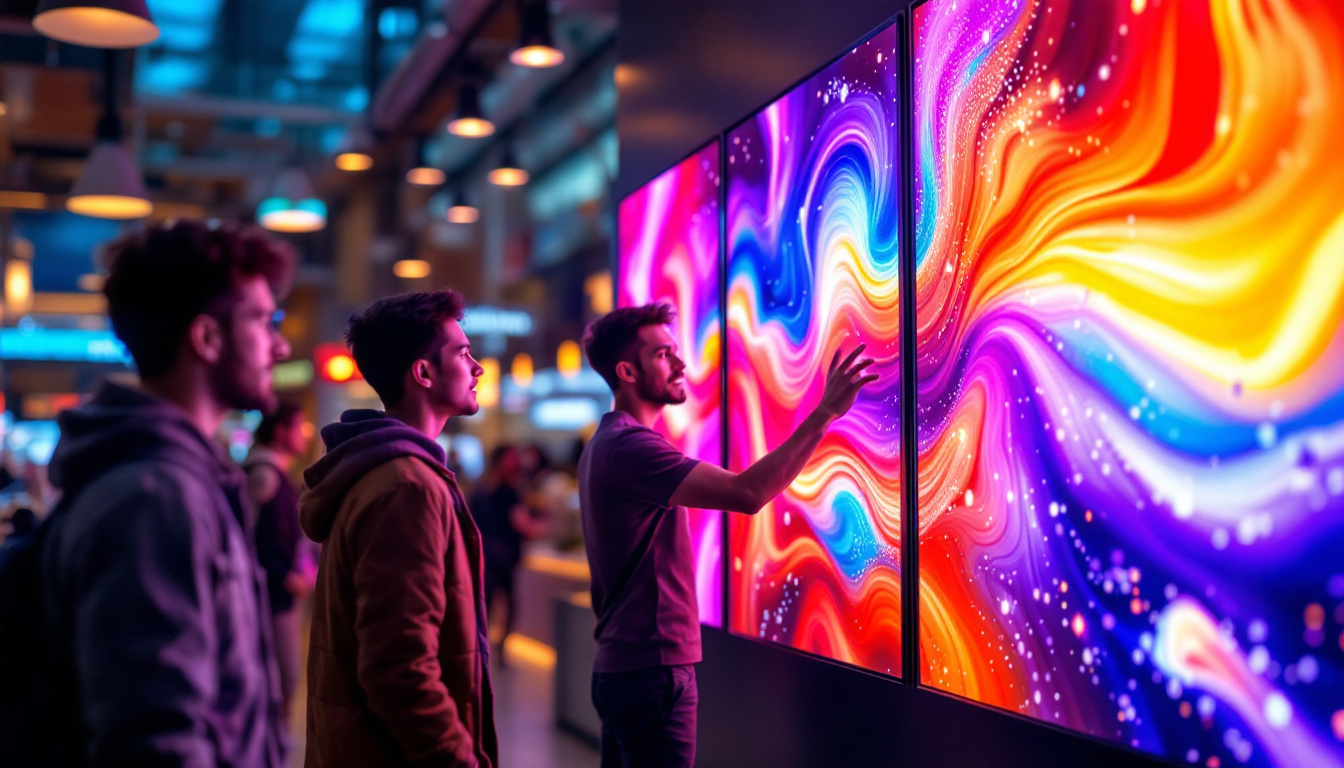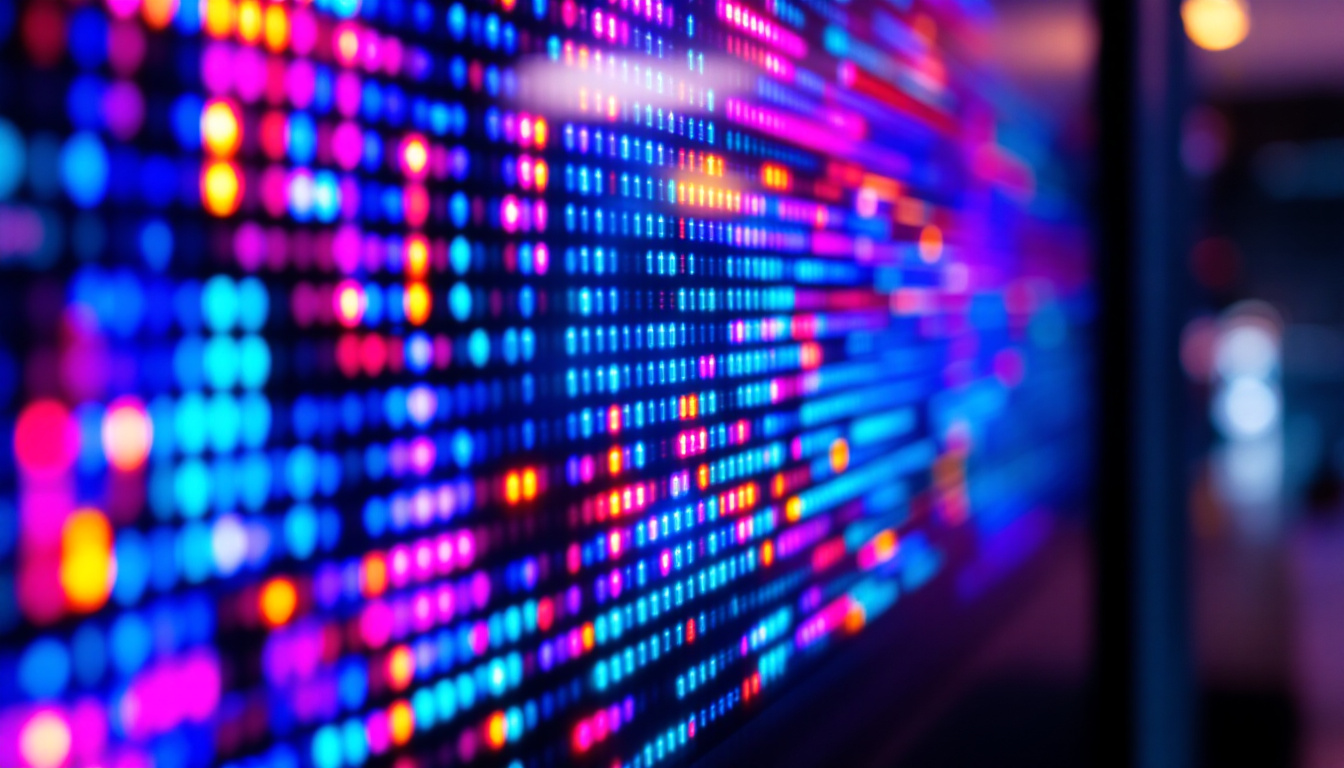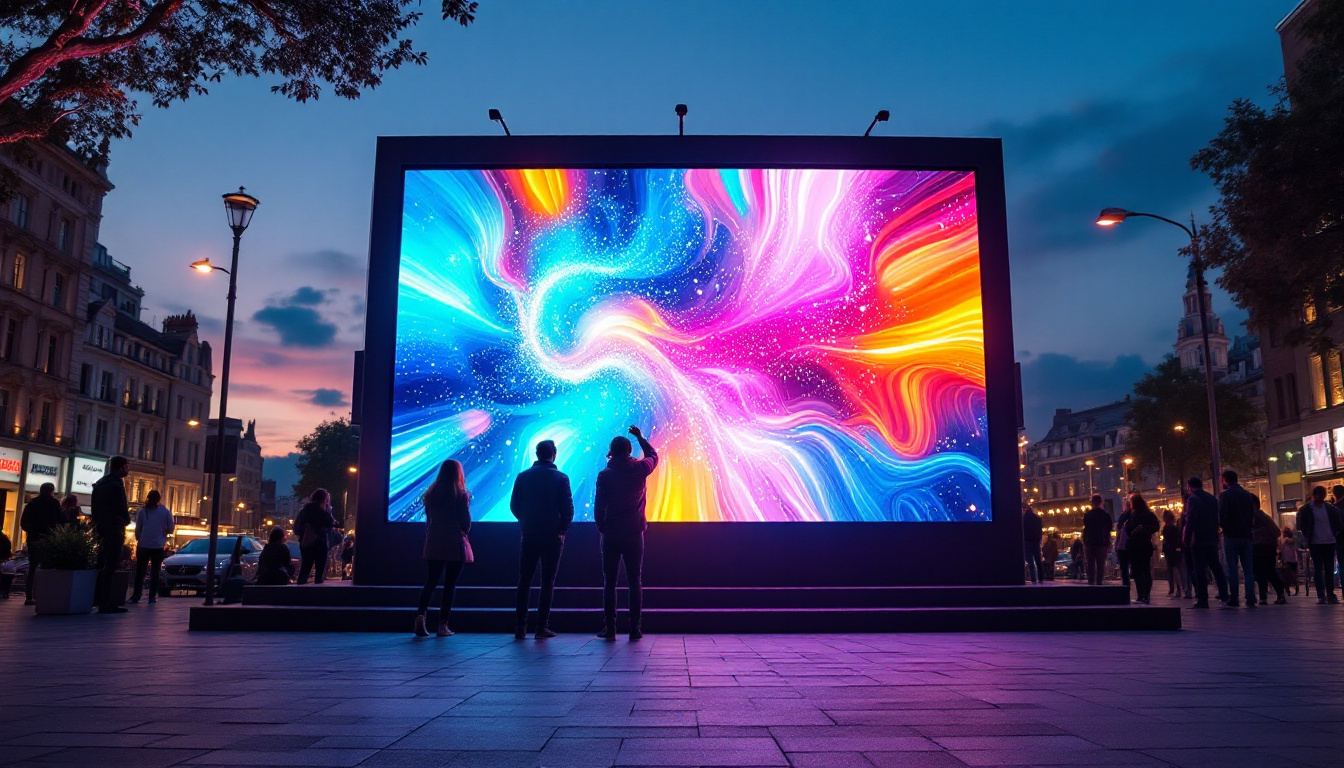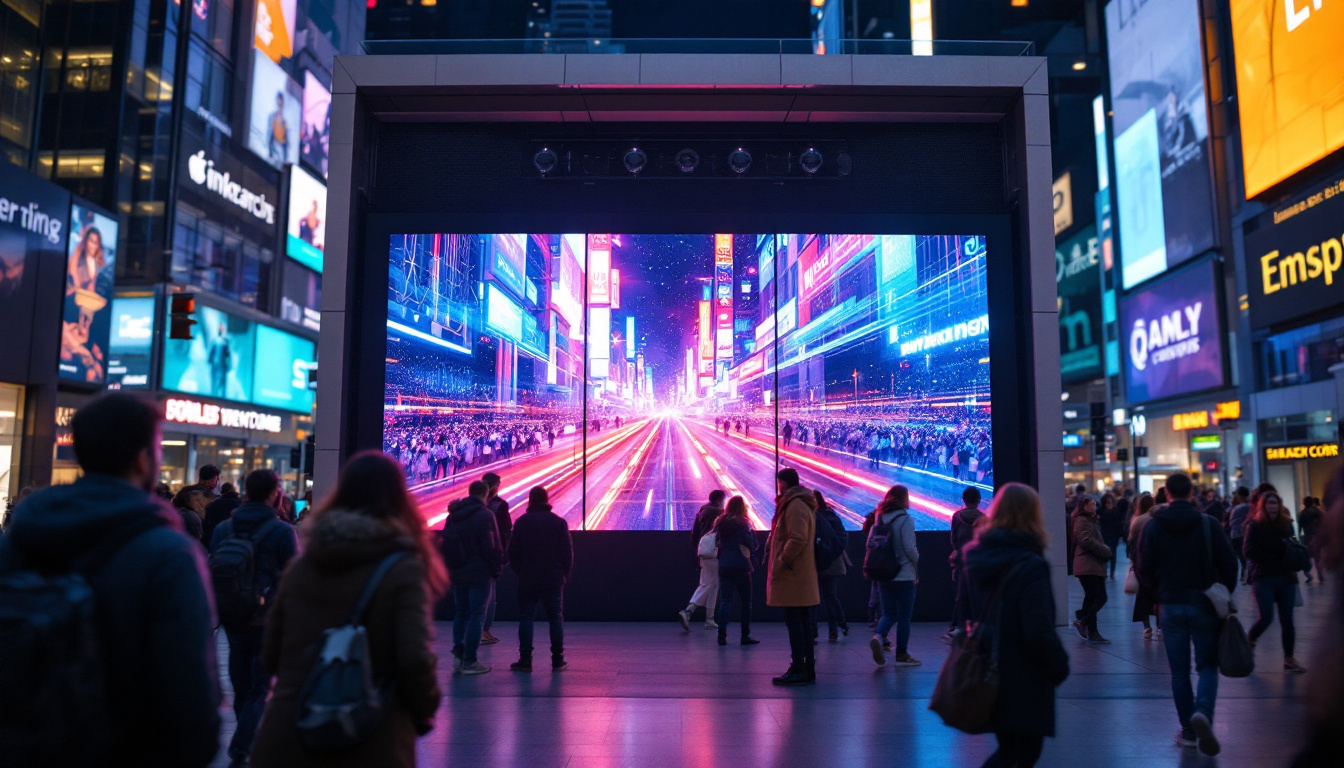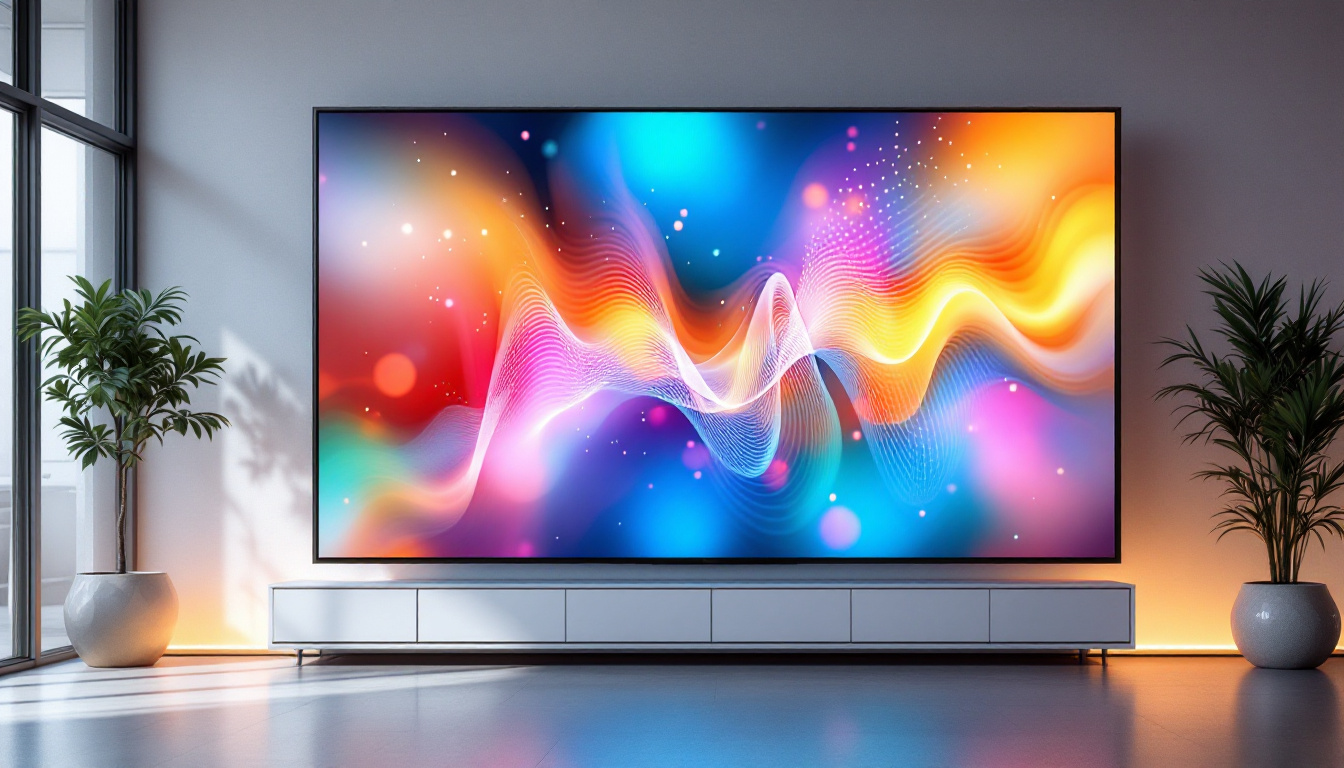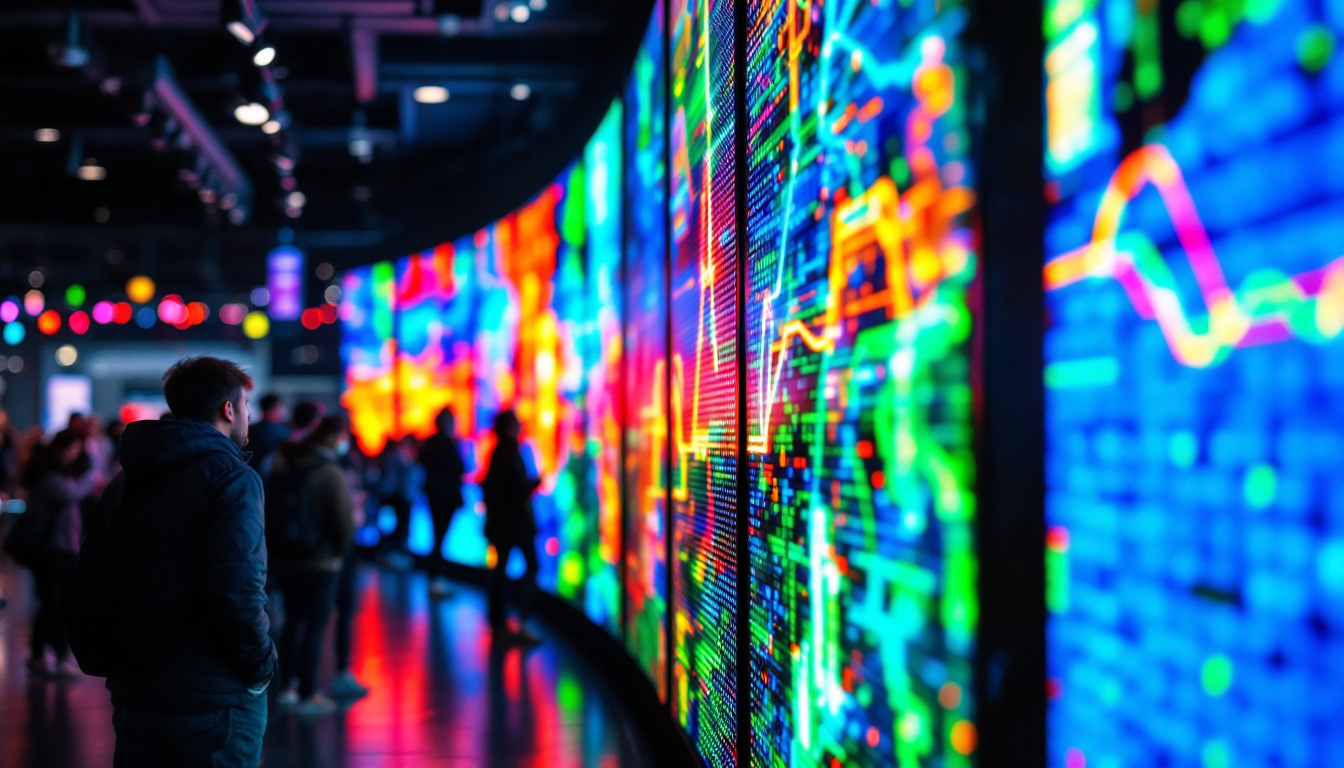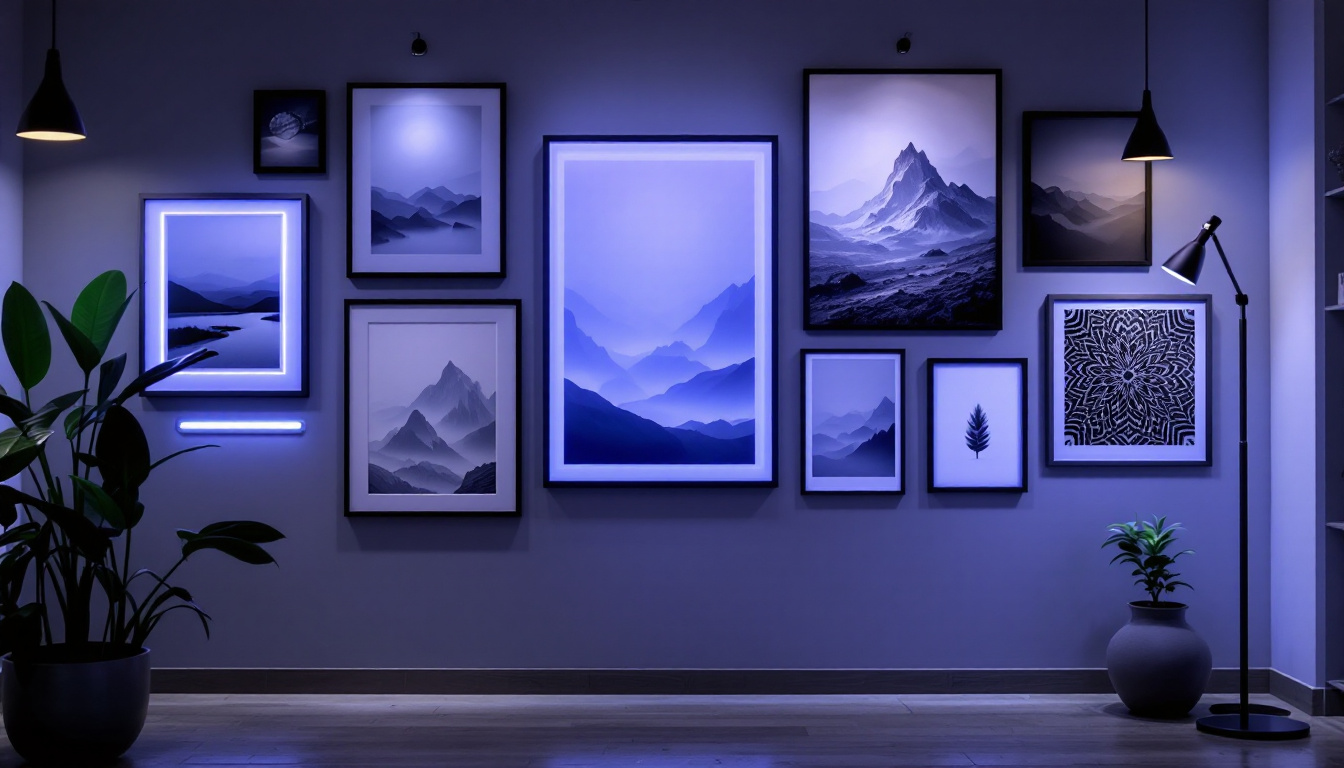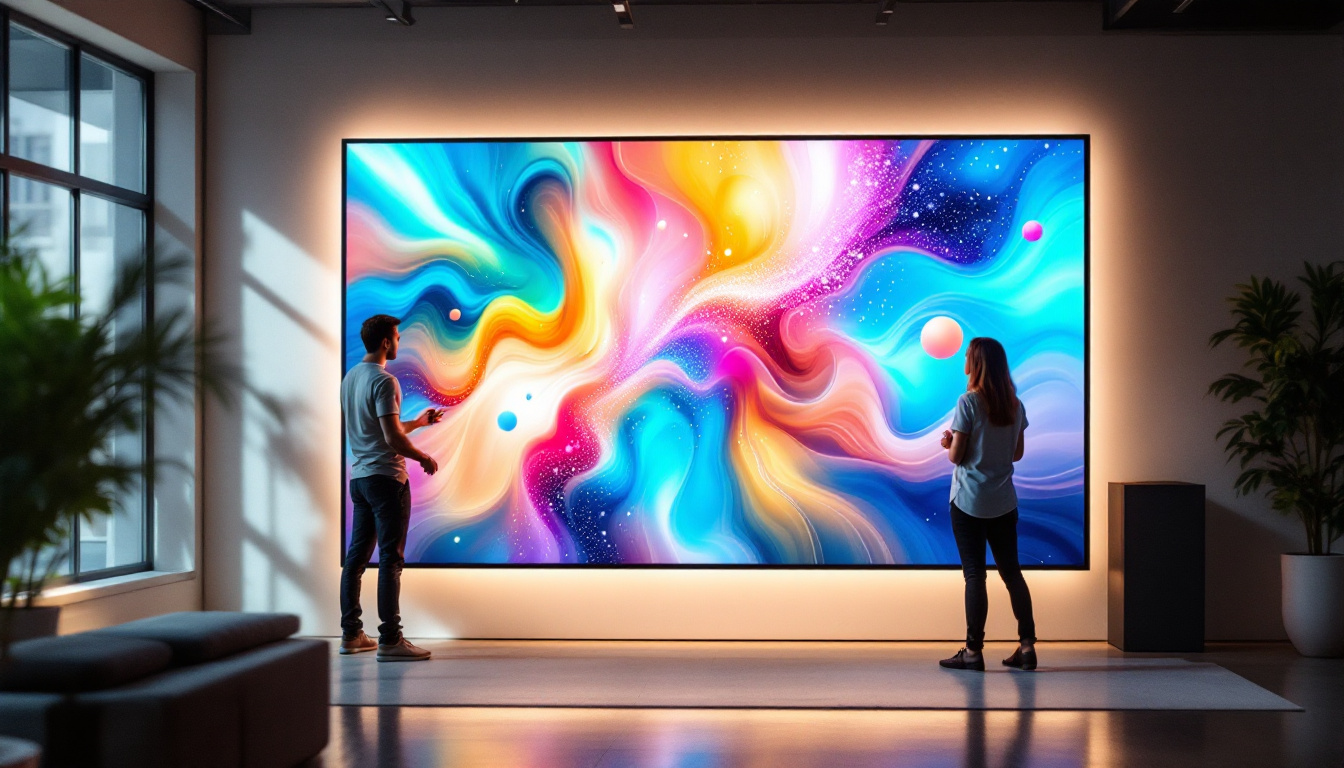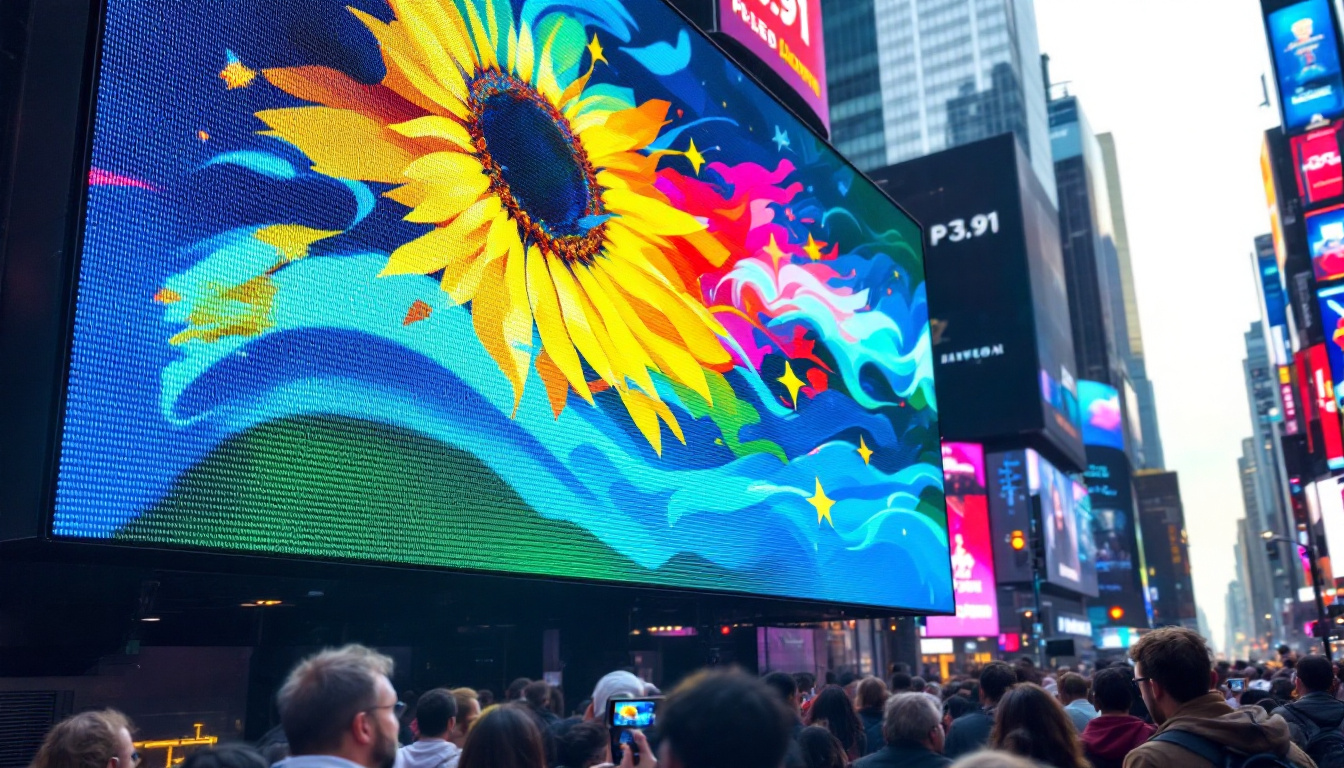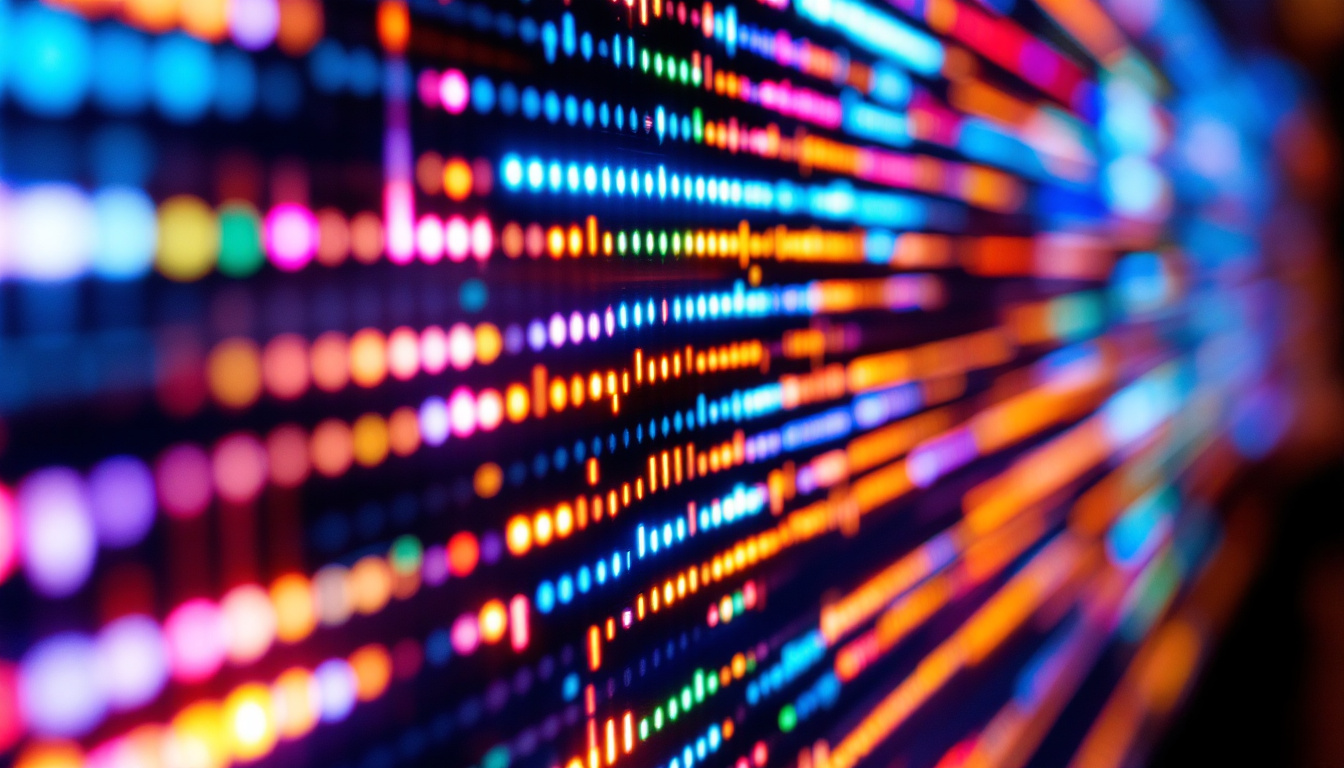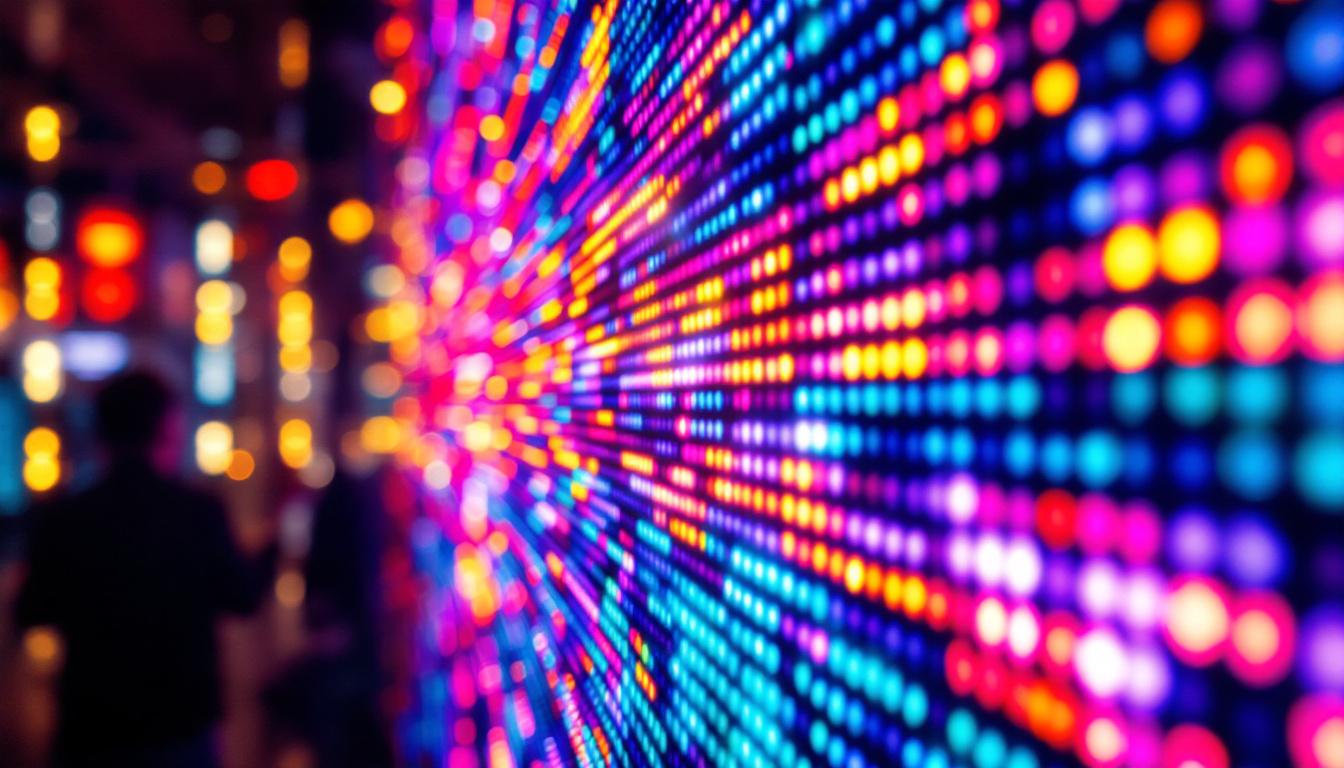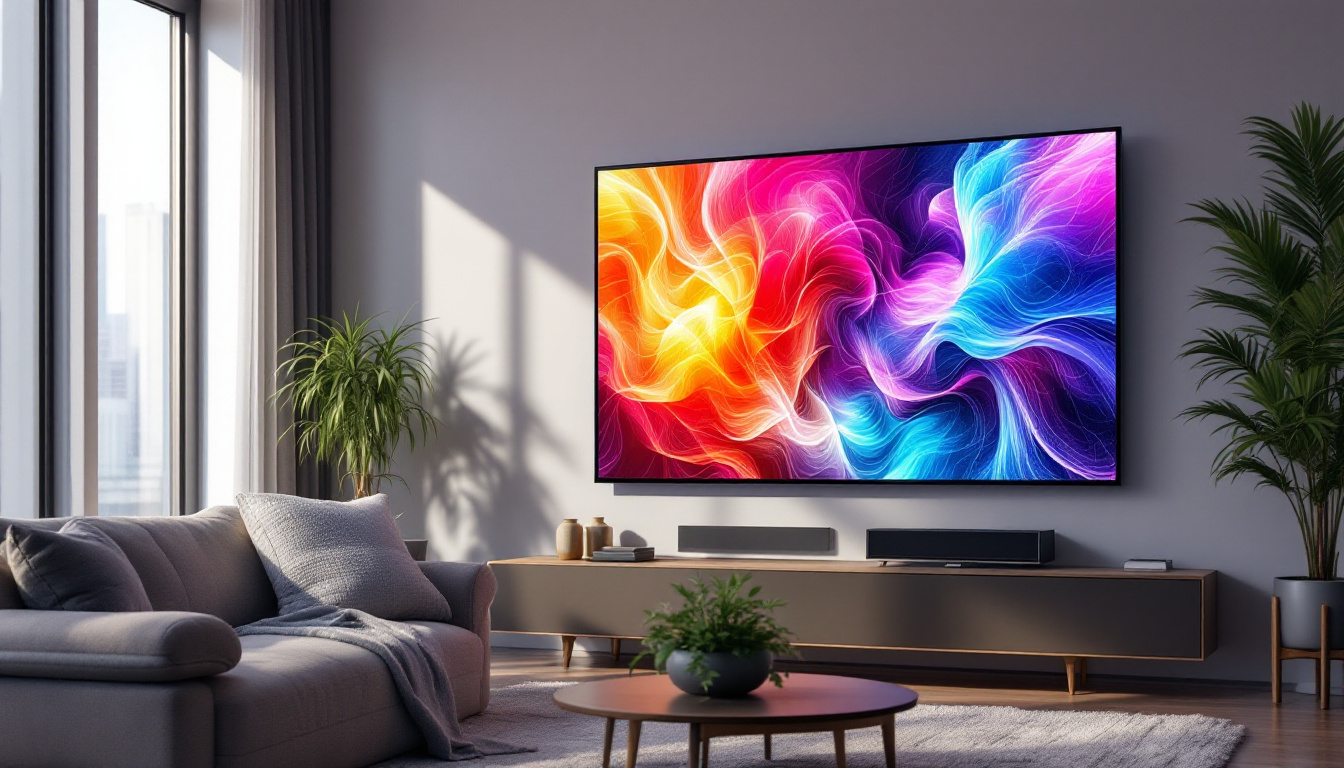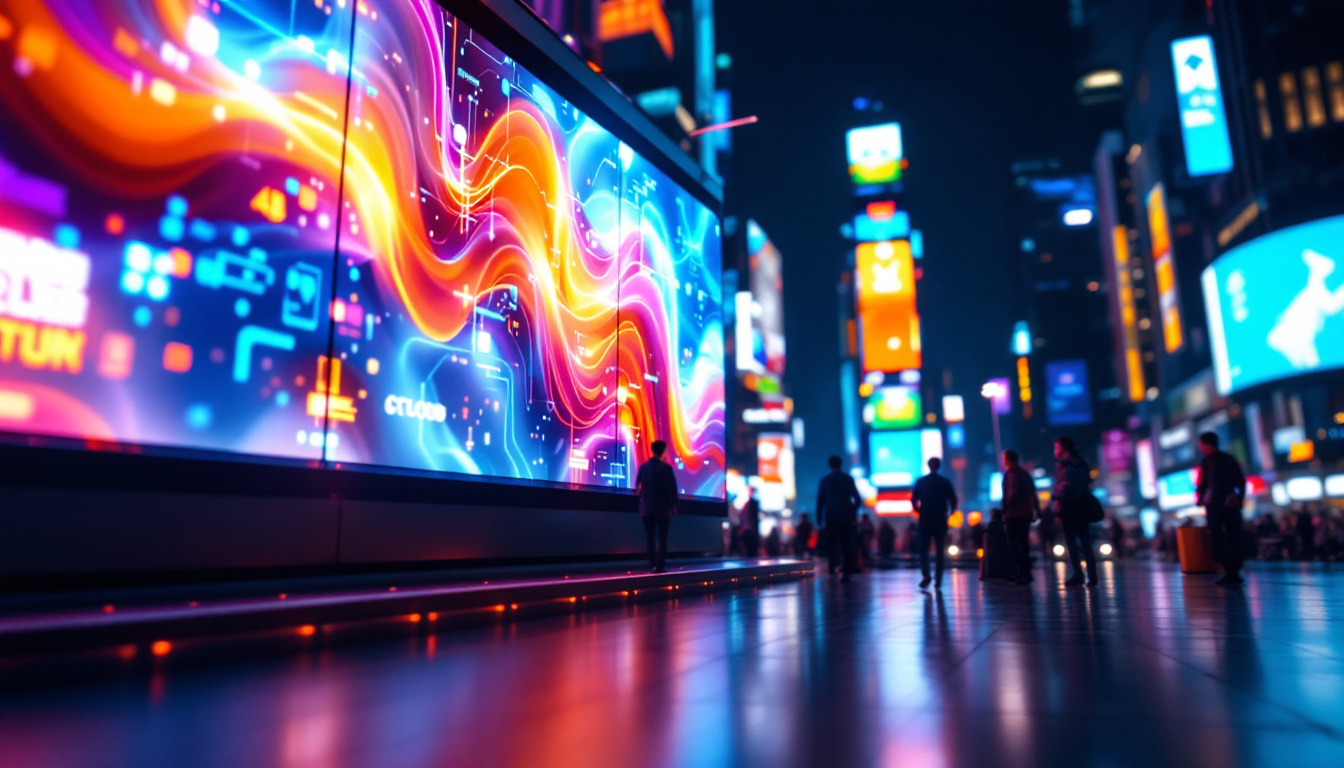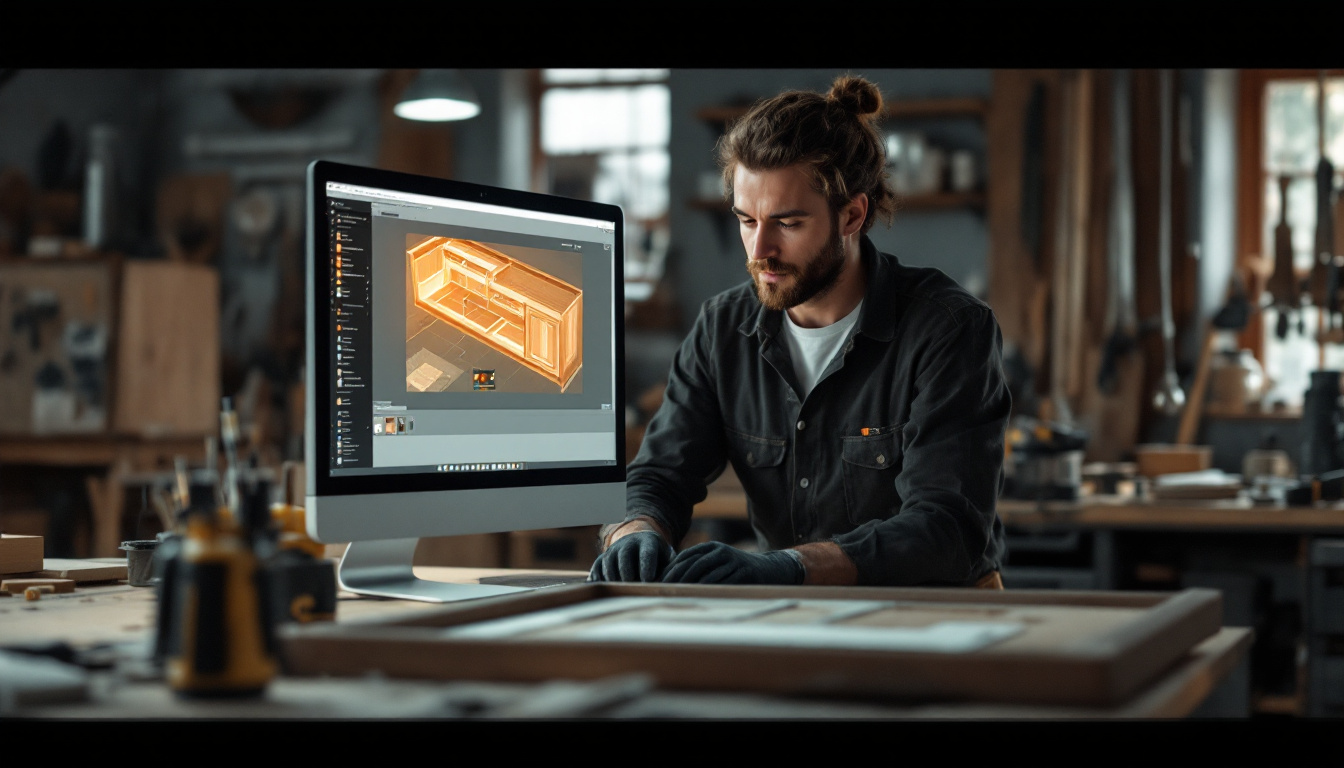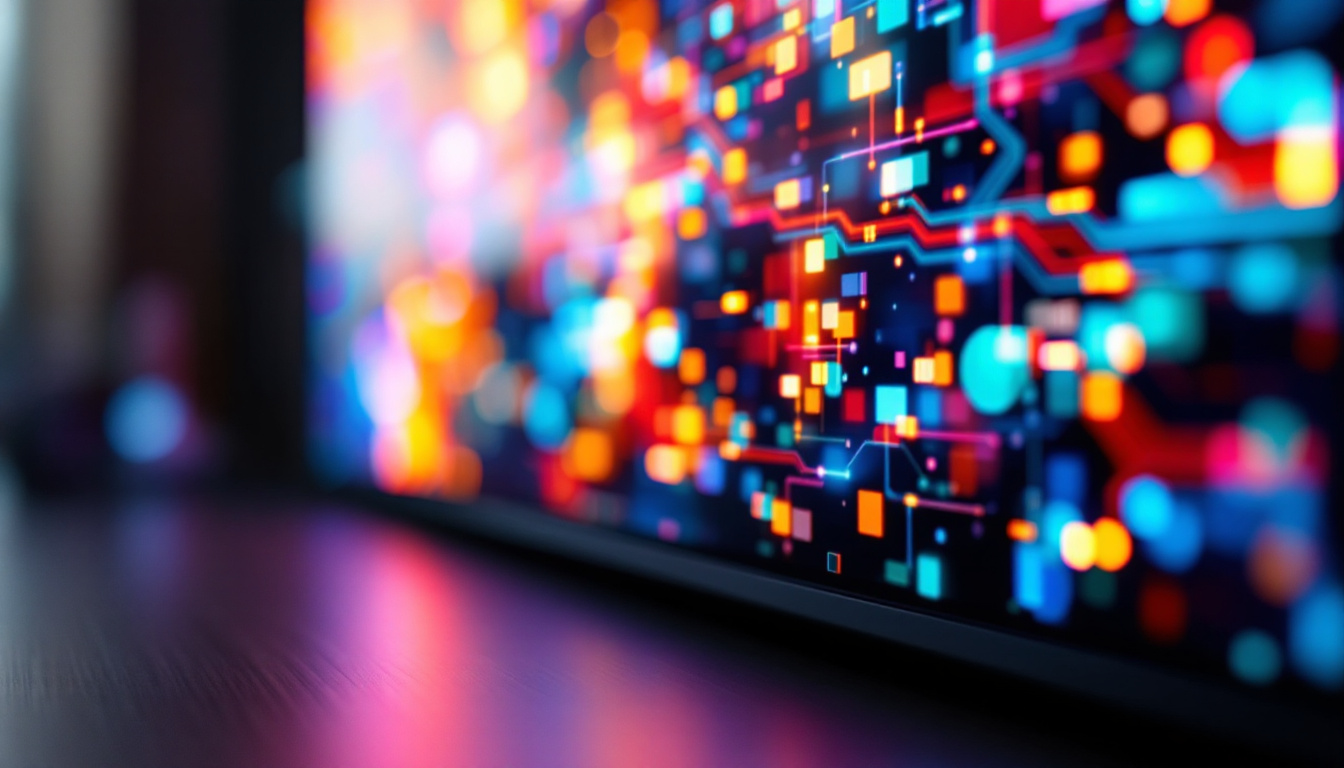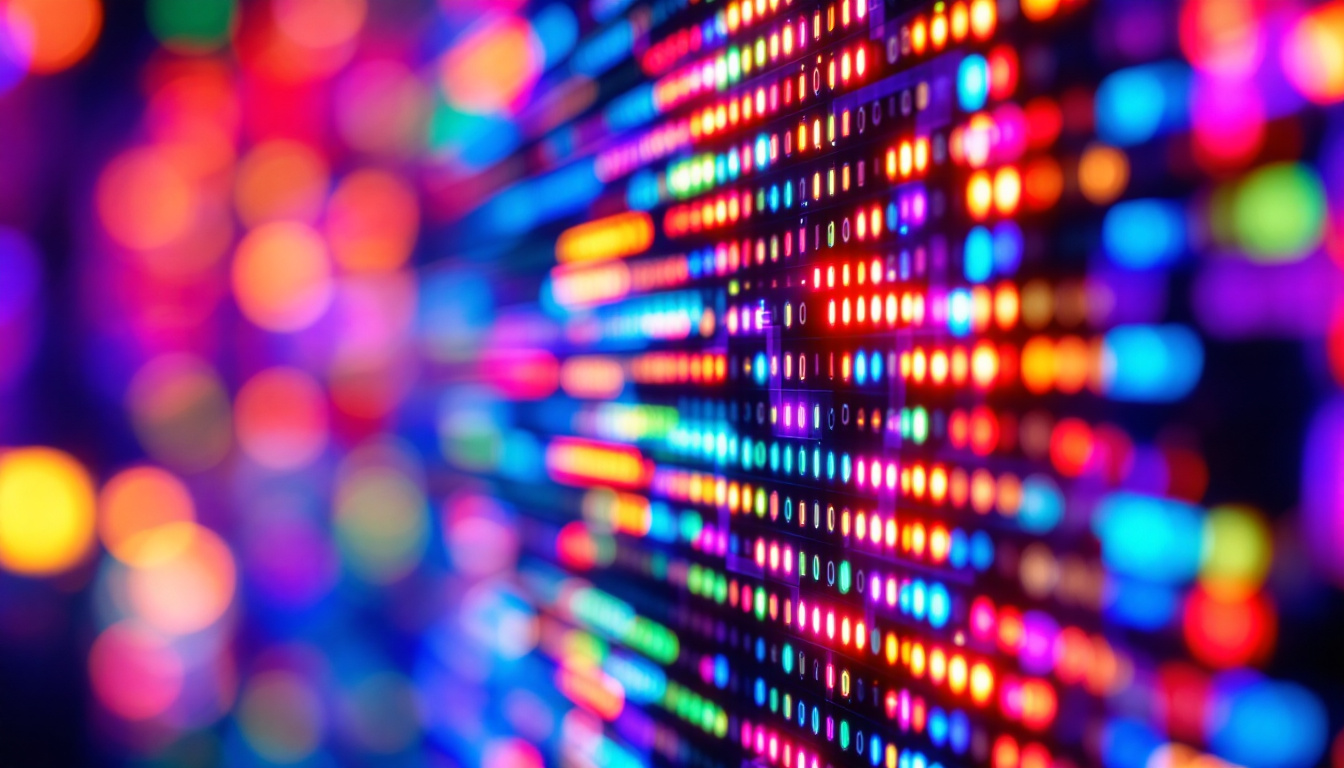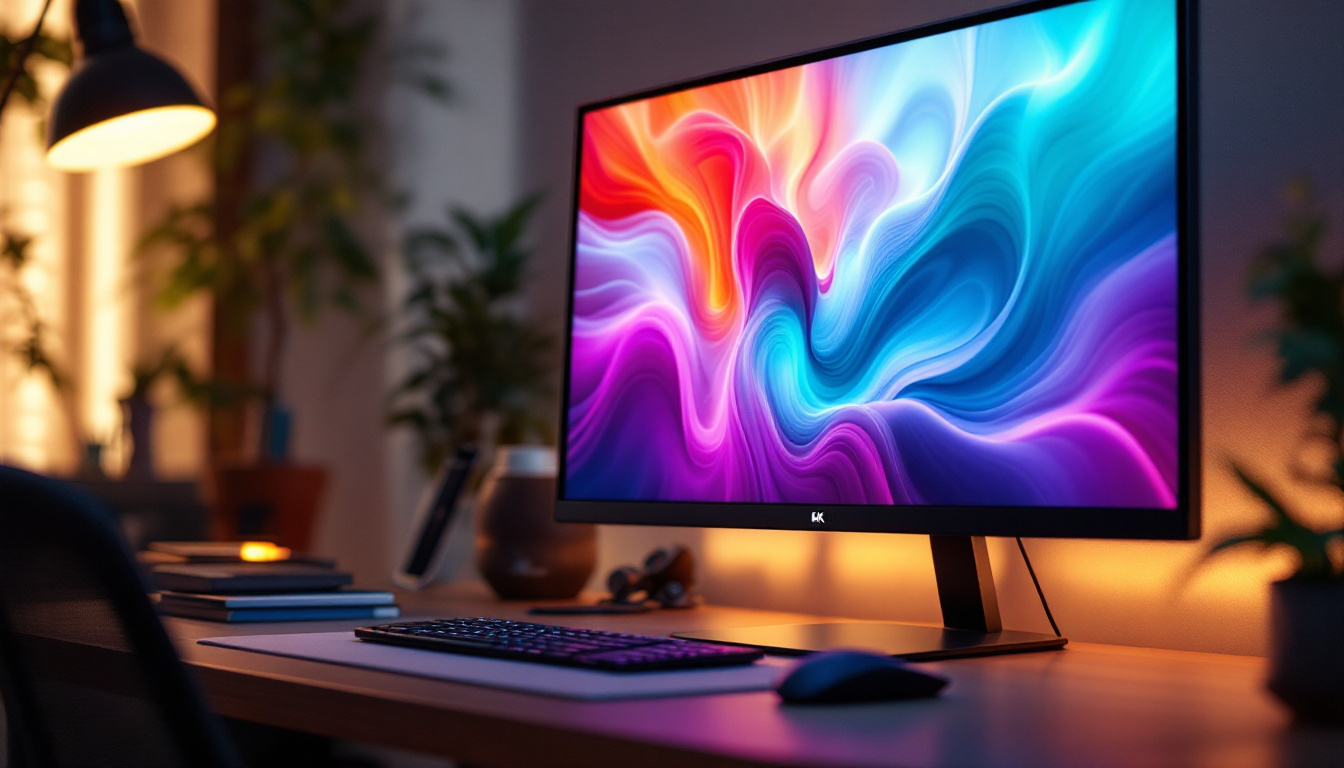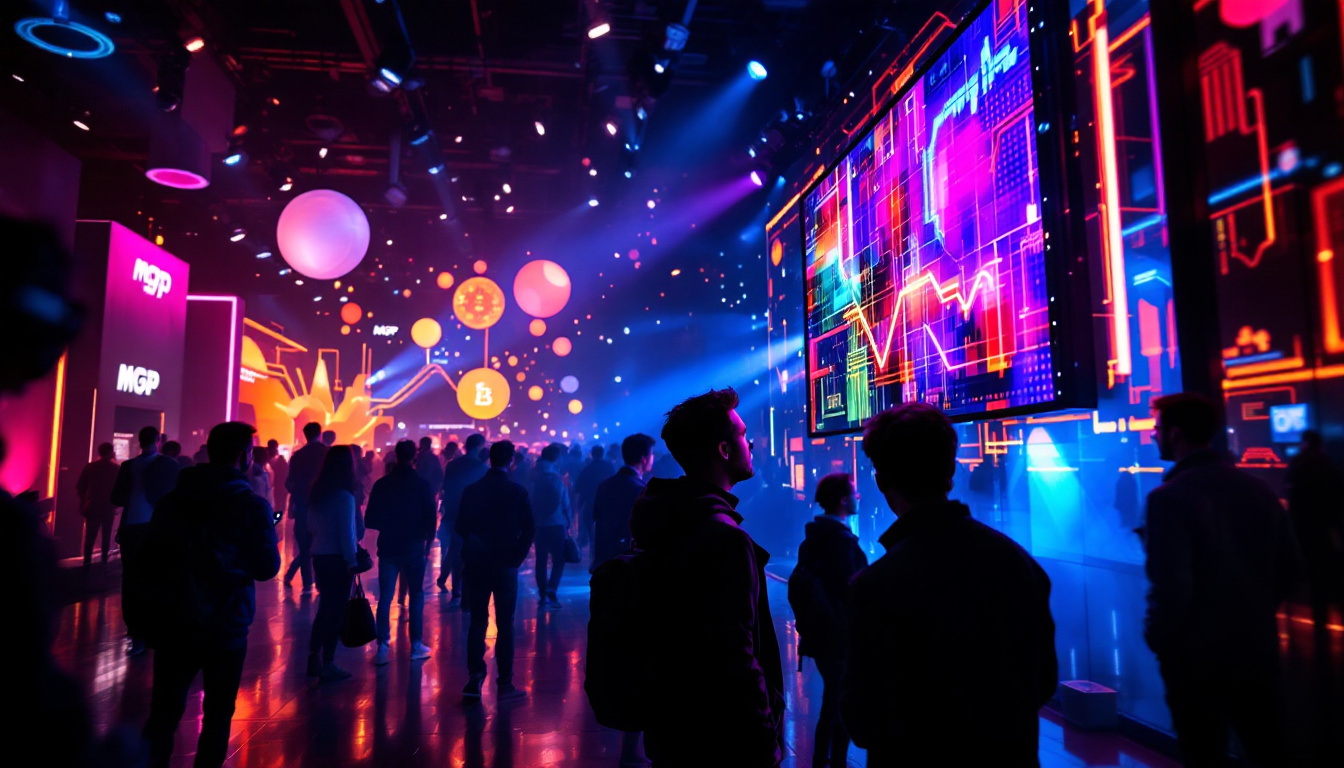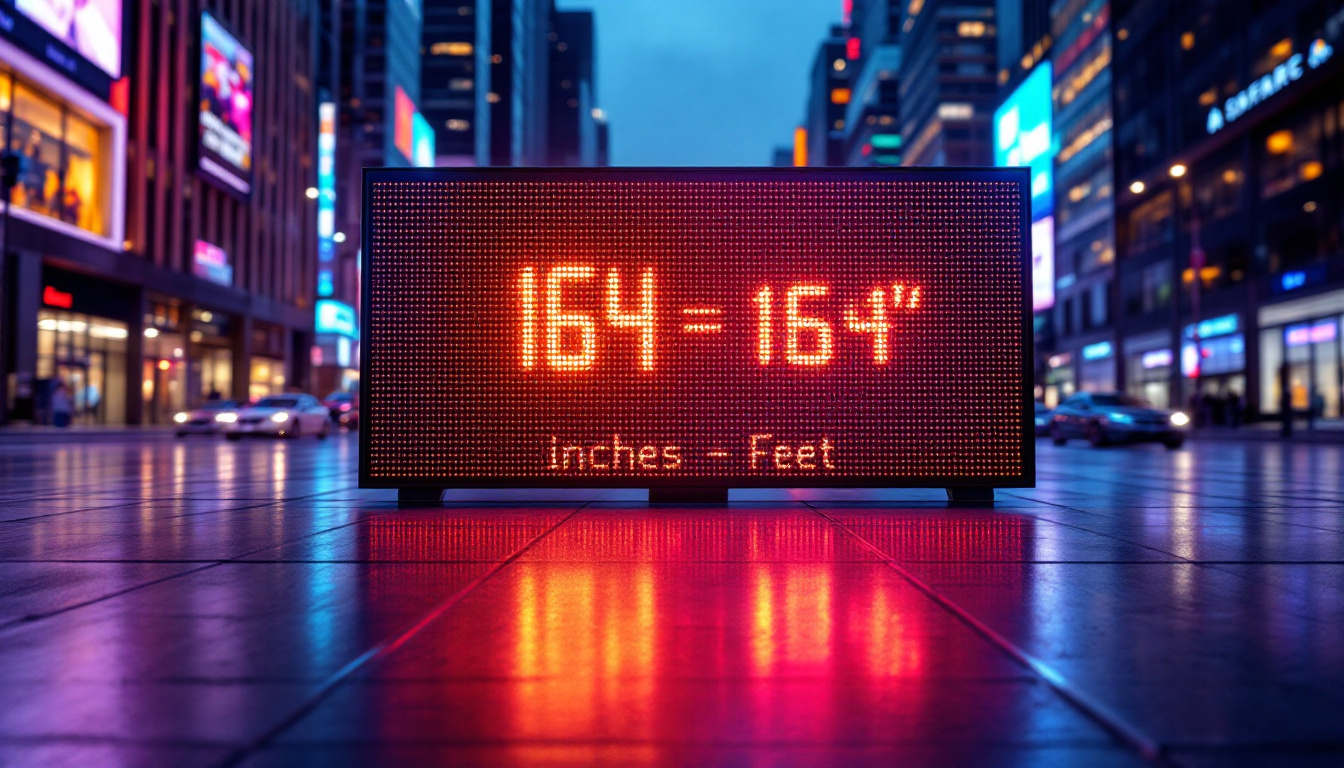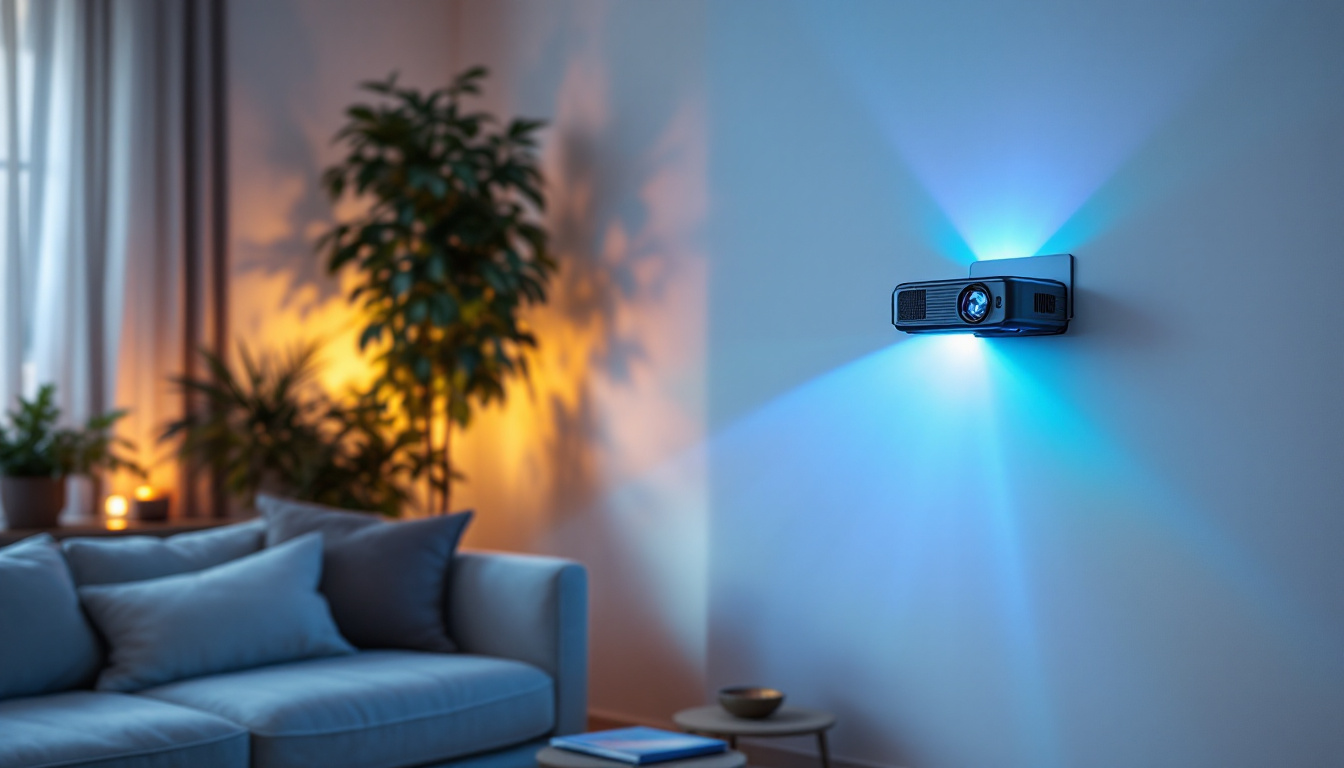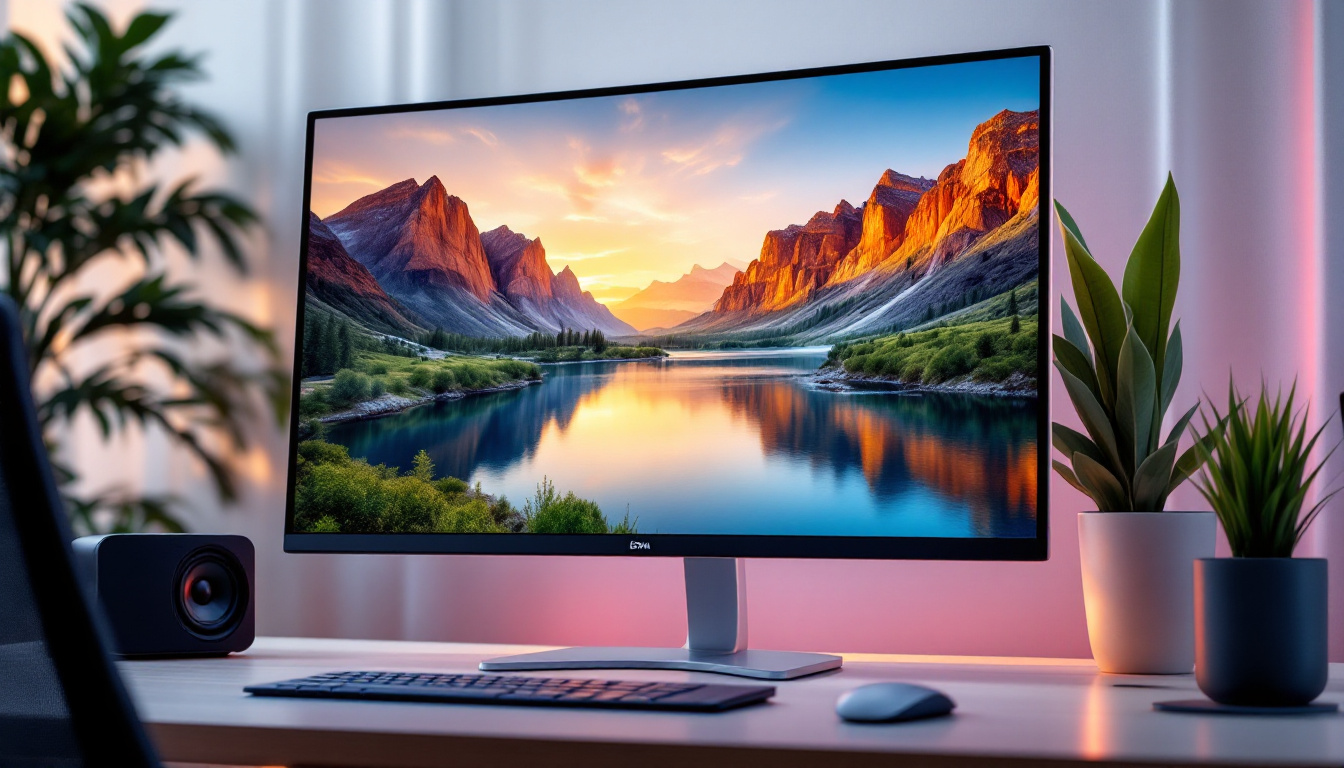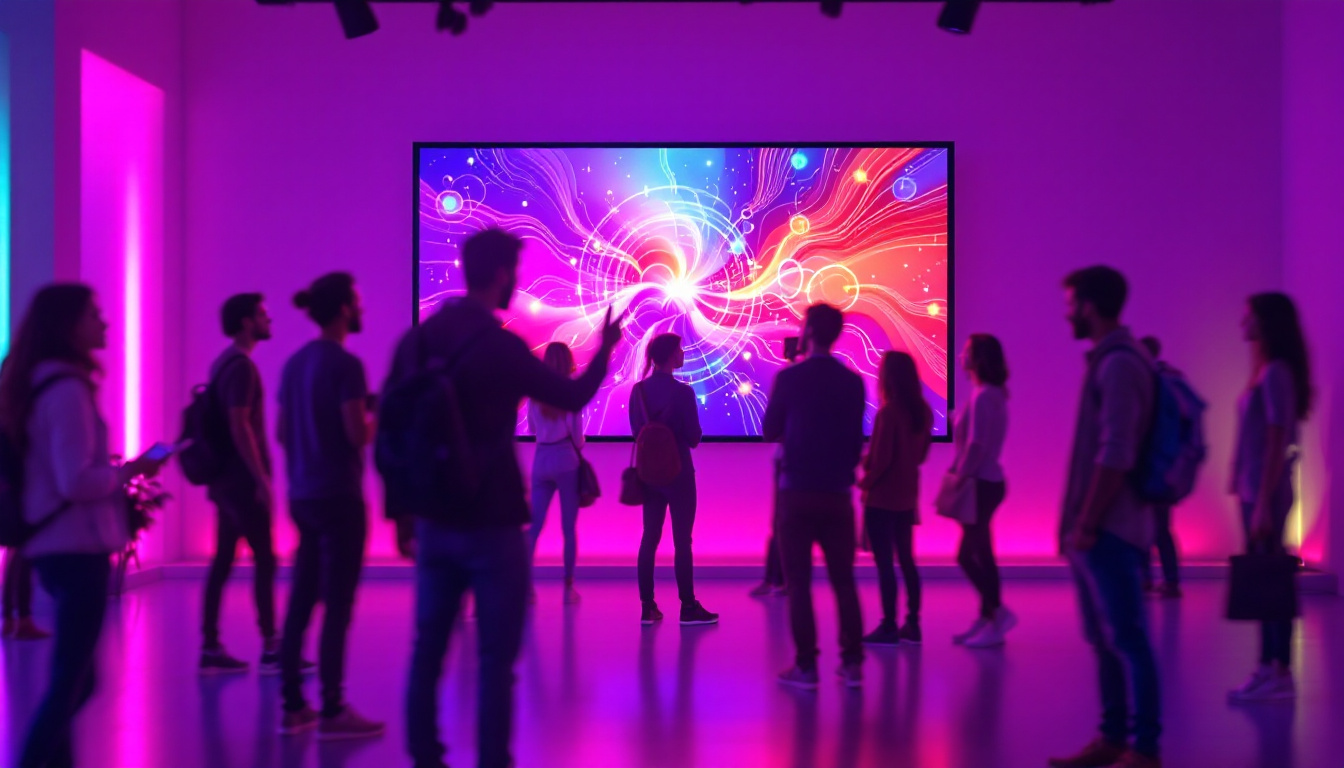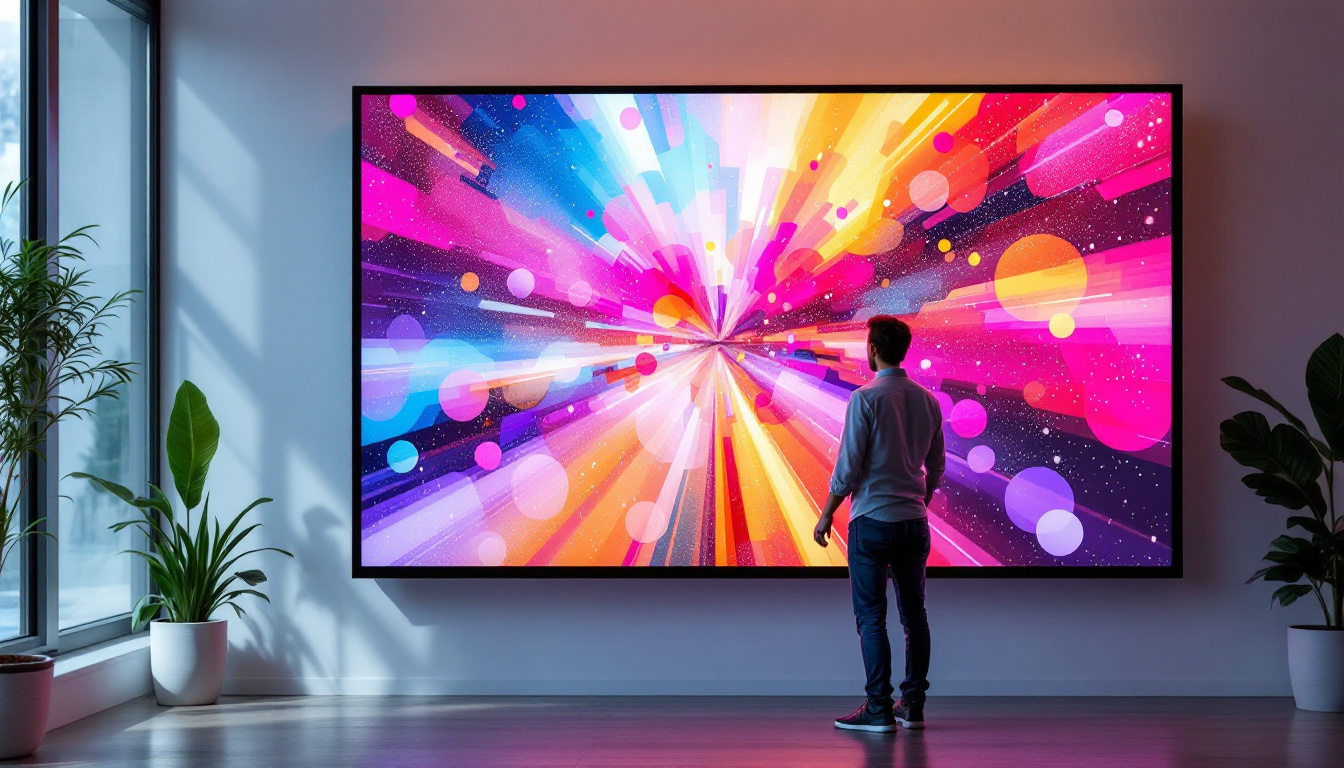In the realm of modern technology, LED displays have emerged as a dominant force in visual communication. Their versatility and effectiveness have made them a popular choice for various applications, from advertising to information dissemination. However, one often overlooked aspect of LED displays is the thickness of the wall that houses these intricate systems. This article delves into the significance of wall thickness in LED displays, exploring how it affects performance, durability, and overall user experience.
Understanding LED Displays
Before diving into the specifics of wall thickness, it is essential to grasp what LED displays are and how they function. LED, or Light Emitting Diode, displays utilize semiconductor technology to produce light when an electric current passes through them. This technology allows for vibrant colors, high brightness levels, and energy efficiency, making LED displays a preferred choice in various settings. Their versatility means they can be found in everything from large outdoor billboards to small electronic devices, providing a wide range of applications that cater to both commercial and personal use.
Furthermore, the advancements in LED technology have led to significant improvements in display quality over the years. With innovations such as HDR (High Dynamic Range) and increased pixel density, modern LED displays can produce images that are not only brighter but also more detailed and true to life. This has made them particularly popular in the entertainment industry, where visual fidelity is paramount, as well as in retail environments, where eye-catching displays can significantly influence consumer behavior.
The Components of LED Displays
LED displays consist of several key components, including the LED modules, power supply, and control systems. Each of these components plays a crucial role in the overall functionality of the display. The LED modules are responsible for generating the images and videos, while the power supply ensures that the modules receive the necessary energy to operate. The control systems manage the content displayed, allowing for seamless transitions and dynamic visuals. Additionally, the integration of software solutions has enhanced the user experience, enabling remote management and real-time updates, which are particularly beneficial for businesses that need to change their advertising content frequently.
Moreover, the durability of these components is vital for maintaining the longevity of the display. For instance, the LED modules are often designed to withstand various environmental factors, such as temperature fluctuations and moisture, especially in outdoor installations. This resilience ensures that the displays remain operational and visually appealing over time, reducing maintenance costs and downtime for businesses that rely on them for communication and advertising.
Types of LED Displays
There are various types of LED displays, including direct view, backlit, and organic LED (OLED) displays. Direct view LED displays are composed of individual LEDs that form the entire image, while backlit displays use LEDs to illuminate an LCD panel. OLED displays, on the other hand, feature organic compounds that emit light, allowing for thinner and more flexible designs. Each type has its unique advantages and applications, but all share the common need for a sturdy and appropriately designed wall. For instance, direct view displays are often used in large-scale installations, such as stadiums and concert venues, where high brightness and visibility from various angles are crucial.
In addition to these traditional types, newer technologies like MicroLED and MiniLED are emerging, offering even greater potential for display quality and design flexibility. MicroLED technology, for example, utilizes tiny individual LEDs to create images, allowing for higher resolution and better color accuracy. This innovation is paving the way for displays that can be seamlessly tiled together, creating massive screens without the bezels that typically separate panels. As these technologies continue to evolve, they promise to expand the possibilities of LED displays in both commercial and residential applications, making them an exciting area of development in the tech industry.
The Importance of Wall Thickness
The thickness of the wall surrounding an LED display is a critical factor that can significantly influence the display’s performance and longevity. A well-constructed wall not only provides structural support but also impacts heat dissipation, sound insulation, and aesthetic appeal.
Structural Integrity
One of the primary functions of the wall is to provide structural integrity to the LED display. A thicker wall can better support the weight of the display and protect it from external forces, such as wind or vibration. This is particularly important for large outdoor displays, which are often exposed to harsh environmental conditions.
Moreover, a robust wall can prevent warping or bending over time, ensuring that the display remains level and functional. This is crucial for maintaining image quality, as any distortion can lead to pixel misalignment and poor visual performance.
Heat Dissipation
Heat management is another vital consideration when it comes to LED displays. The components within an LED display generate heat during operation, and if not adequately dissipated, this heat can lead to reduced performance and a shorter lifespan. A thicker wall can provide better thermal insulation, allowing for more efficient heat dissipation.
Incorporating materials with high thermal conductivity within the wall can further enhance heat management. This ensures that the internal components remain at optimal operating temperatures, thereby improving overall performance and reliability.
Material Selection for Wall Construction
When constructing walls for LED displays, the choice of materials is paramount. Different materials offer varying levels of durability, insulation, and aesthetic appeal. Common materials used in wall construction include aluminum, steel, and composite materials.
Aluminum Walls
Aluminum is a popular choice for LED display walls due to its lightweight nature and resistance to corrosion. This makes it ideal for outdoor applications where exposure to the elements is a concern. Additionally, aluminum walls can be easily fabricated into various shapes and sizes, allowing for greater design flexibility.
However, while aluminum provides excellent structural support, it may not offer the best thermal insulation. Therefore, it is often combined with insulating materials to enhance heat management.
Steel Walls
Steel walls are known for their strength and durability, making them suitable for large and heavy LED displays. They provide excellent structural integrity and can withstand significant external forces. However, steel is heavier than aluminum, which may pose challenges in certain applications.
To mitigate the risk of corrosion, steel walls are often treated with protective coatings. This ensures longevity, particularly in outdoor environments where moisture and pollutants can accelerate degradation.
Composite Materials
Composite materials, which combine different substances to achieve desirable properties, are becoming increasingly popular in LED display wall construction. These materials can offer a balance of strength, weight, and thermal insulation, making them versatile for various applications.
For instance, a composite wall may consist of a lightweight core sandwiched between layers of durable materials, providing both structural support and thermal efficiency. This innovative approach allows for more creative designs while maintaining the necessary performance standards.
Installation Considerations
The installation of an LED display wall involves several critical considerations that can impact the overall effectiveness of the display. Proper installation ensures that the wall supports the display adequately while also facilitating optimal performance.
Alignment and Leveling
One of the foremost concerns during installation is ensuring that the display is properly aligned and leveled. Misalignment can lead to visual distortions and an unprofessional appearance. A well-leveled wall allows for uniform brightness and color distribution across the display, enhancing the viewer’s experience.
Utilizing advanced tools and techniques, such as laser leveling, can help achieve precise alignment. Additionally, regular maintenance checks after installation can ensure that the display remains in optimal condition over time.
Accessibility for Maintenance
Accessibility is another crucial factor to consider during installation. The wall should be designed in such a way that maintenance personnel can easily access the display components for repairs or upgrades. This is particularly important for larger displays, where accessing the rear of the display may be challenging.
Incorporating features such as removable panels or service doors can facilitate easier maintenance, reducing downtime and ensuring that the display remains operational for extended periods.
Impact on User Experience
The thickness of the wall surrounding an LED display can significantly impact the user experience. A well-designed wall not only enhances the visual appeal of the display but also contributes to the overall functionality and usability.
Aesthetic Considerations
The appearance of the wall can influence how viewers perceive the display. A thicker wall may provide a more substantial and professional look, enhancing the overall aesthetic appeal. This is particularly important in high-profile settings, such as corporate offices or public spaces, where first impressions matter.
Moreover, the choice of materials and finishes can further enhance the visual appeal of the wall. Options such as custom paint finishes or decorative panels can transform a simple wall into a visually striking element that complements the LED display.
Sound Insulation
In addition to visual considerations, sound insulation is another important aspect of user experience. A thicker wall can help reduce noise from external sources, creating a more immersive viewing environment. This is particularly relevant in settings where the display is used for presentations or events, as background noise can be distracting.
Incorporating sound-absorbing materials within the wall can further enhance acoustic performance, ensuring that the focus remains on the content being displayed.
Future Trends in LED Display Wall Design
The world of LED displays is constantly evolving, with new technologies and design trends emerging regularly. As the demand for high-quality visual communication continues to grow, so too does the need for innovative wall designs that can support these advancements.
Smart Walls
One of the most exciting trends in LED display wall design is the integration of smart technology. Smart walls can incorporate sensors and connectivity features that allow for real-time monitoring and adjustments based on environmental conditions. For instance, a smart wall could automatically adjust brightness levels based on ambient light, ensuring optimal visibility at all times.
This level of adaptability not only enhances performance but also contributes to energy efficiency, making smart walls a sustainable choice for the future.
Modular Designs
Modular designs are also gaining traction in the LED display industry. These designs allow for flexibility in configuration, enabling users to easily customize the size and shape of their displays. Modular walls can be reconfigured or expanded as needed, providing a scalable solution for various applications.
This adaptability is particularly beneficial for businesses that may need to change their display configurations frequently, allowing them to stay agile in a dynamic market.
Conclusion
The thickness of a wall surrounding an LED display is a critical factor that influences not only the structural integrity and performance of the display but also the overall user experience. By understanding the importance of wall thickness and making informed choices regarding materials and design, businesses can ensure that their LED displays operate effectively and maintain their visual appeal over time.
As technology continues to evolve, staying abreast of trends and innovations in LED display wall design will be essential for maximizing the impact of visual communication. Investing in a well-constructed wall is not merely a matter of aesthetics; it is a foundational element that can significantly enhance the functionality and longevity of LED displays.
Explore Cutting-Edge LED Display Solutions with LumenMatrix
Understanding the importance of wall thickness for LED displays is just the beginning. Elevate your visual communication with LumenMatrix’s innovative LED display technology. From captivating Indoor LED Wall Displays to dynamic Outdoor LED Wall Displays, and from versatile Vehicle LED Displays to engaging LED Sports Displays, LumenMatrix offers a comprehensive range of solutions tailored to your needs. Discover how our state-of-the-art LED display modules can transform your space and create unforgettable visual experiences. Check out LumenMatrix LED Display Solutions today and take the first step towards revolutionizing your visual messaging.

